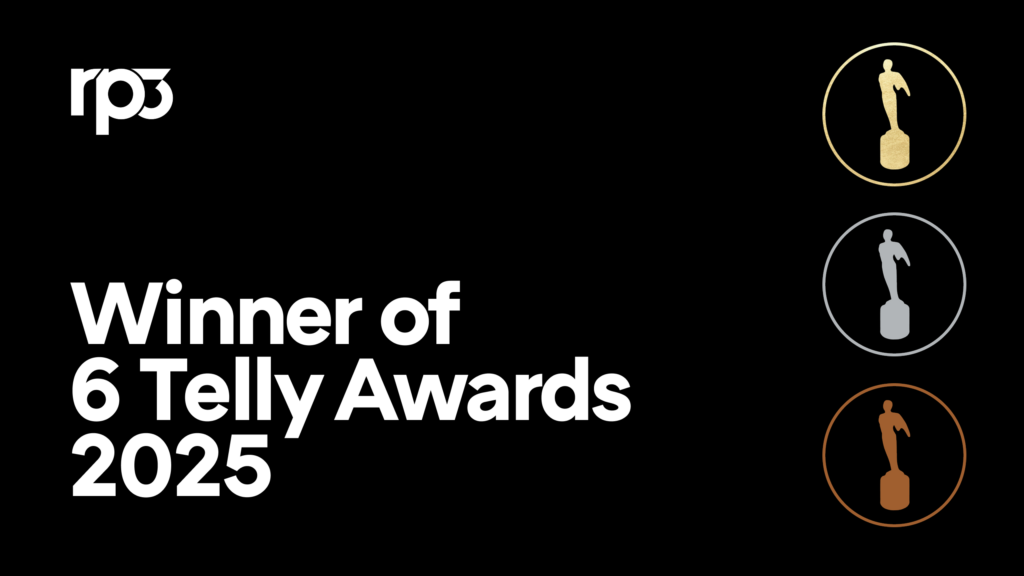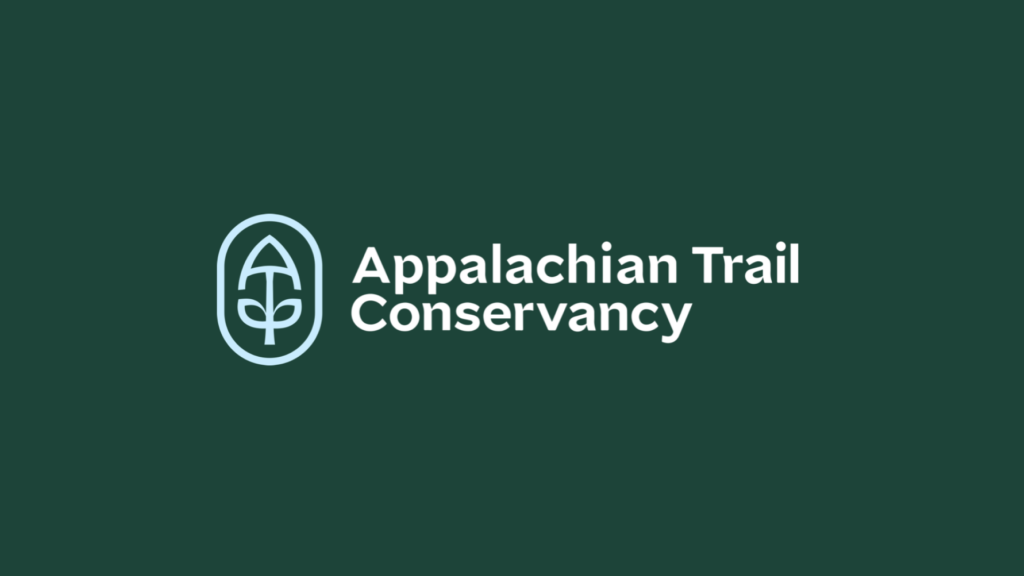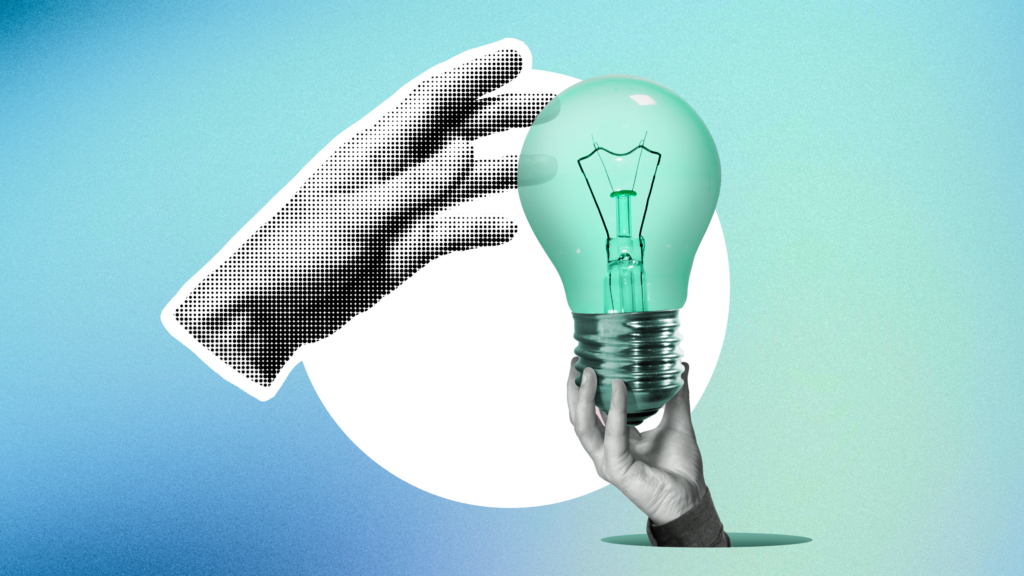
Consumer Culture in the Time of COVID-19: Fuel for Thought #1
As data on consumer response to the pandemic continues to flood in, we've noticed many sources reporting there has been a noticeable spike in the percentage of Americans feeling fear and confusion. In fact, negative emotions overall, which had been leveling off, have all increased. This is linked to announcements by many states across the country that lockdowns are being lifted. It’s almost as if our collective bluff has been called. We want to get out again, but when our governments opened the doors, we said “Wait, we’re not ready yet.” Companies like Ipsos and Heart+Mind are now thinking that the journey from despair to hope is not linear, but rather we’re cycling back and forth between both.
In addition, much of the conversation has turned to what's next. Everyone is asking how consumer behaviors and brands will change moving forward. Based on what we’ve heard, these are the trends we think we need to start planning for:
- Inside vs. Outside
In a recent Mintel webinar, Dr. Behice Ece Ilhan discussed this framework that has long been a part of Japanese culture – there are certain rituals for inside (in the home), and others for outside (out of the home). Now, the whole world has a heightened awareness of inside versus outside, where inside means safe, clean and private, and outside is not safe, not clean, and not private. The new framework has already begun to change our behaviors and our rituals – we have become better planners, we make lists when we go shopping, we think further ahead. This will impact retailers who have in the past established consumer routines that rely on browsing and exploring the store. They will need to rely less on impulse purchases and create engaging ways for consumers to browse and engage online.
- Security in Ownership
The sharing economy was rooted in people valuing access over ownership – i.e., "If I can get access to ____, I don't need to own ___." There will be a shift to the value of ownership, as owned things (like a car) become extensions of our "inside" (safe, clean, private). The size of the sharing economy will stagnate in the meantime.
- The Emerging Value Mindset
Just a few short months ago we lived in a culture of abundance. Now, suddenly, we're worried about scarcity. We're wondering, "Will there be toilet paper at the store?" and "What if there isn't enough room to keep proper social distance?" and "I don't want what I have to go to waste." The result will be a renewed focus on using and consuming resources wisely. Much like the Great Recession, consumers will not only seek out great value for the money, but "smart spending" will become a badge of honor. Excess or showy indulgences will be deemed in bad taste. That doesn't mean people won't spend – people getting a $120 bottle of wine for $70 will be widely admired for their thrift.
As a result of this, we can expect to see the emergence of what Mintel is calling "Repair as a Service." Brands like Nike will not only sell you the shoe, they will sell you services to clean, repair and resole the shoe so you can keep it longer. A department store might offer a tailoring service as an add-on to a purchase (much the same way Best Buy sells product warranties at the cash register), so we can have the clothes refit once we've lost the weight we gained in quarantine.
Keep in mind that the intensity of these trends and impacts will vary based on where people live and how severely their community has been impacted by the virus. Someone in a rural community will not feel as anxious browsing in a local hardware store. But we are still experiencing a collective trauma – an Ipsos survey fielded in late April shows 74% of Americans will still feel nervous about leaving home once businesses reopen.
That’s what we think right now. Tune in next time, when we’ll see what’s changed.
Let's make some good.
Drop us a line


